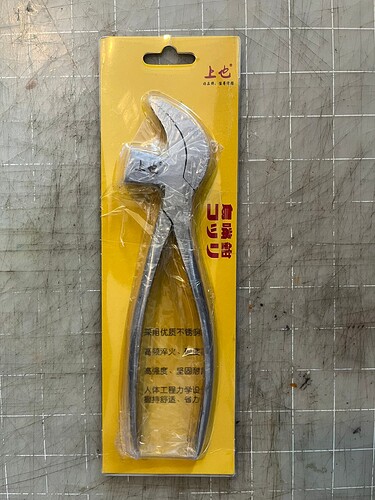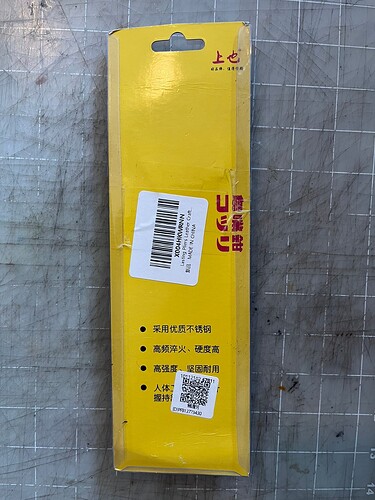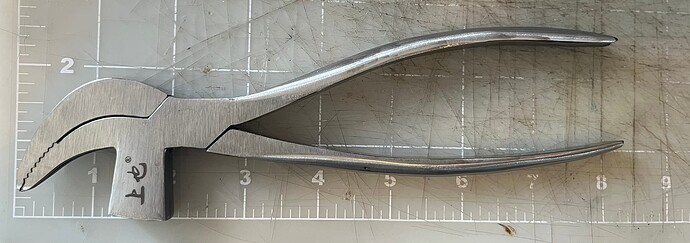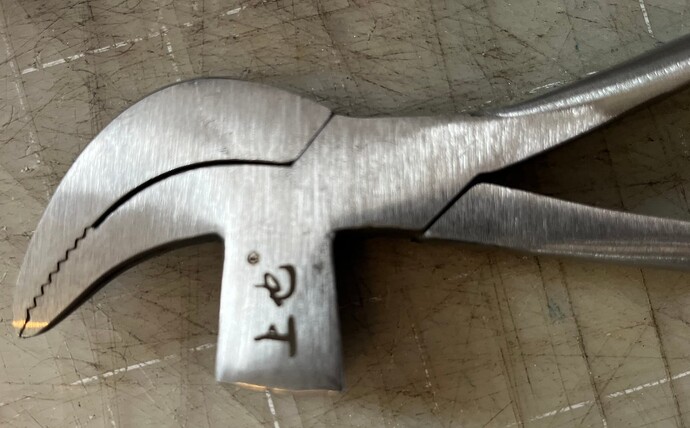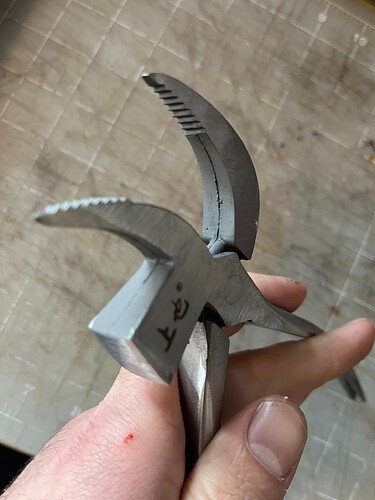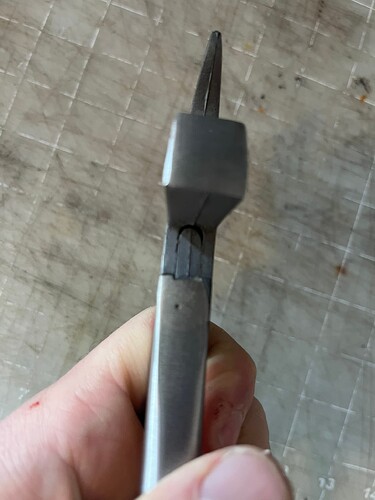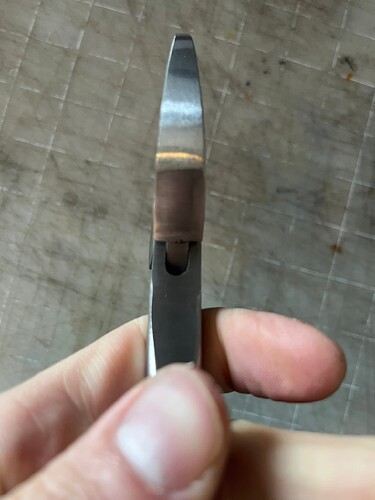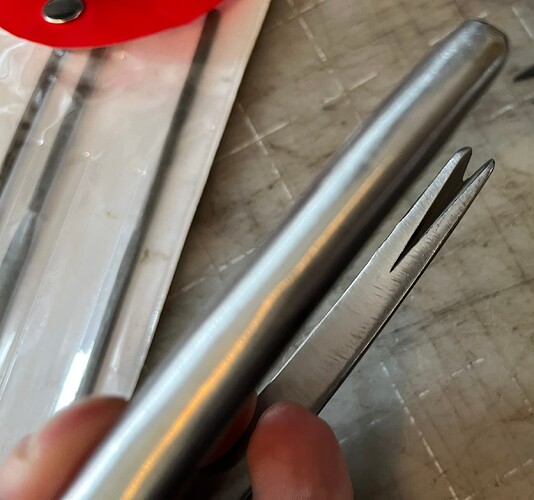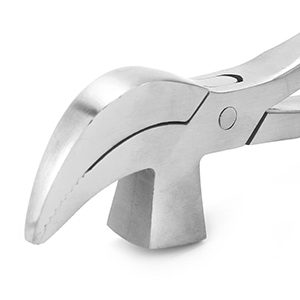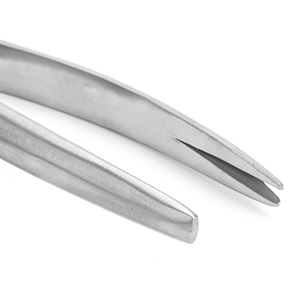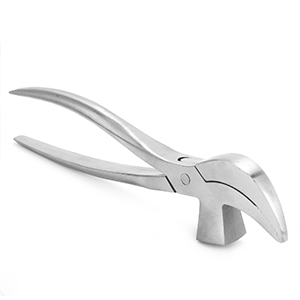Under diverse pressure, I gave in and ordered some cheap lasting pliers from Amazon. The listing:
These were US $18.99 to me before tax.
I shouldn’t say too much before I actually last a pair with them. But here come photos, measurements, and some initial caveats.
Packaging
Google Translate gives the brand name 上也 as “Kamiya”, and the slogan below as “good brand, trustworthy”.
The bullet points on the back include “stainless steel”, which matches the Amazon listing.
Overall
Jaws
Joint
Handle Tack Lifter
The lifter is cut into the end of the top handle.
Product Listing Photos
Here are the standalone shots on the Amazon listing today:
The fit of the joint pin here looks terrible! The fit on the pliers I actually received is far better.
There is just the tiniest bit of side-to-side play in the joint, if I twist the pliers looking for it. I don’t know how it will wear, but for now, it feels totally acceptable. It’s enough to offset the beaks of the jaws maybe a tenth of a millimeter or less.
The surface finish on the front of the anvil in the model shot is far superior, however. Mine is completely dull and rough, no sign of any polish at all.
Accurate.
Finish of the anvil aside, pretty accurate.
Measurements
The pliers measure almost exactly 8 inches long from beak to back of handle, resting on the anvil.
The jaws are 4 mm wide at the very tip of the beak, a little less than 10 mm wide at the rearmost serration, and 14 mm wide at the crest of the top jaw, where you might strike tacks. The joint is 16 mm wide.
The anvil is 18 mm wide at the front and 20 mm wide at the rear.
Total mass reads 264 grams, or a little over 9 ounces. The balance point on the lower handle is about 1 cm behind the joint. I think I’ll wrap the handles in scrap, to fill out my hand and shift the balance back a tad.
Sharp Edges
I wouldn’t recommend buying these without a small file set or deburring tool on hand. You will want to remove the very sharp edges of the jaws and anvil.
The edges of the handles, the top jaw, and the anvil face came smooth. But other edges, particularly in and under the jaws, came cutting sharp.
I used an old Nicholson/Crescent hobby file set I’ve had forever, item 42030L. Anything narrow, hard, and abrasive ought to do.
Parting Lines
The parting lines running down the center of the jaws caught my eye immediately. The surfaces of the sides, top of the top beak, and bottom of the anvil have been ground down flat, but none of the others. In a few spots, the parting lines were sharp or snagging to the touch.
I also filed these down a little, not to get rid of them completely, but just to remove any burrs that might mar.
